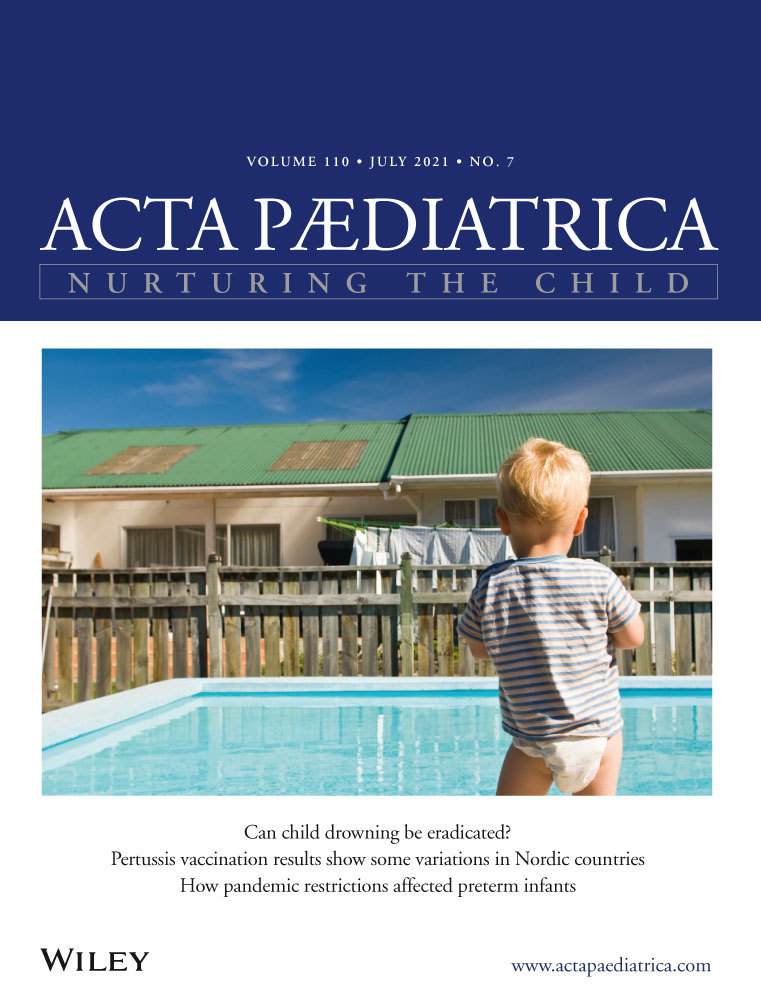Ankle contractures are frequent among children with cerebral palsy and associated with lower gross motor function and degree of spasticity
Abstract
Aim
To estimate yearly prevalence of ankle contractures among children with cerebral palsy (CP). Moreover, to investigate whether age, gross motor function or spasticity are associated with ankle contracture.
Methods
We examined yearly prevalence of ankle contractures among 933 children based on data from a national clinical quality database from 2012 to 2019. We used the Gross Motor Function Classification System (GMFCS) and the Modified Ashworth Scale (MAS) to assess gross motor function and spasticity in the plantar flexors. Ankle contracture was defined as dorsiflexion with an extended knee equal to or below 0 degrees. Associations between age, GMFCS, spasticity and ankle contractures were analysed using multivariable regression and presented as odds ratios (OR) with 95% confidence intervals (95%CI).
Results
The prevalence of ankle contracture was 32% and did not change with calendar year. GMFCS IV–V compared to I–III (40.6% vs. 28.9%, OR = 1.5 (95%CI: 1.07–2.11) and MAS 2–4 compared to 0 (44.6% vs. 24.4%, OR = 2.5 (95%CI: 1.59–3.91) were associated with a higher prevalence of ankle contracture. Age was not associated with ankle contracture.
Conclusion
Ankle contractures are frequent among children with CP. Lower gross motor function and severe spasticity were associated with ankle contracture.
CONFLICT OF INTERESTS
The authors have no conflicts of interest to declare.




